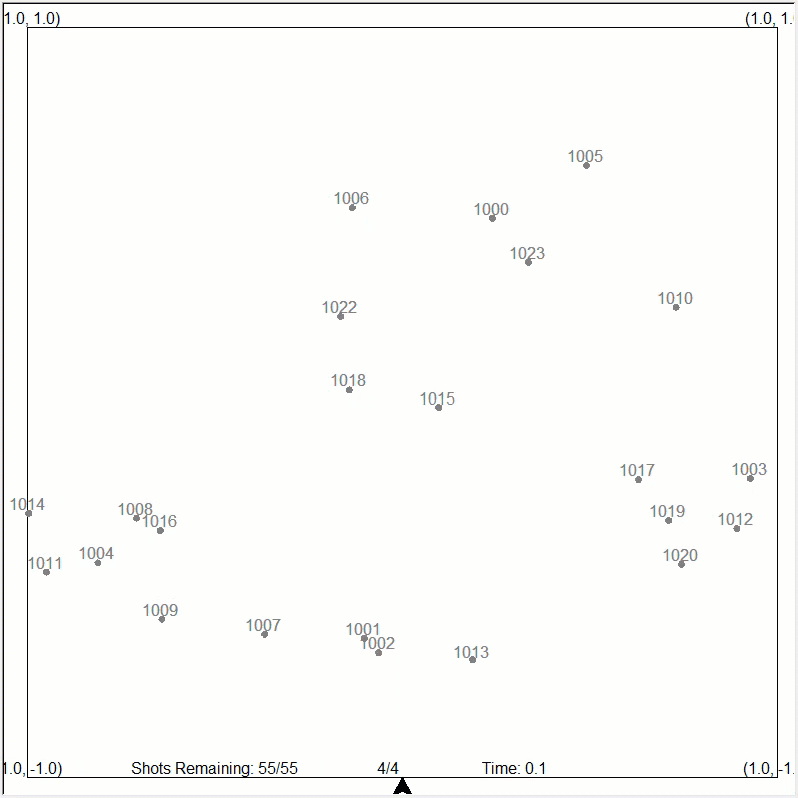Kalman Filter
Introduction
Kalman filter is a mathematical algorithm used to estimate the state of a system based on noisy measurements over time.
The Kalman filter equations are a set of mathematical equations that allow us to make this estimation in an optimal way, by combining the information from the noisy measurements with our prior knowledge about the system.
The Kalman filter has two main steps: prediction and update:
The prediction step estimates the state of the system based on the previous state and a model of how the system evolves over time. In the prediction step, we use our prior knowledge about the system to predict the current state of the system. This prediction is made based on a mathematical model that describes how the system evolves over time. This predicted state is known as the "prior state estimate".
The update step uses measurements of the system to correct the predicted state estimate and improve its accuracy. In the update step, we use the noisy measurements that we have just received to update our estimate of the state of the system. This update is made using a set of mathematical equations that take into account both the uncertainty in the measurements and our prior knowledge about the system. This updated state estimate is known as the "posterior state estimate".
The Kalman filter algorithm involves iterating through these two steps over and over again, as new measurements are received. Each iteration of the algorithm improves our estimate of the state of the system, as we incorporate more and more information from the measurements.
Advantages
The key to the success of the Kalman filter algorithm is its ability to balance the conflicting demands of accuracy and robustness. By taking into account both the noise in the measurements and our prior knowledge about the system, the Kalman filter is able to provide a highly accurate estimate of the state of the system, even in the presence of significant measurement noise.
Disadvantages
One of the main disadvantages of the Kalman filter is that it assumes that the underlying mathematical model of the system is known and linear. In many real-world situations, the model may be unknown, non-linear or time-varying, making it difficult to use the Kalman filter.
Another disadvantage of the Kalman filter is that it requires a large amount of computation to be performed at each time step, which can make it impractical for use in real-time systems with limited computational resources.
Implementation
A Kalman Filter is implemented here using Numpy, to track the position of a pedestrian in the video sequence.
Below, another Kalman Filter is used to track and destroy multiple meteorites in an arcade game simulation built in Python.



